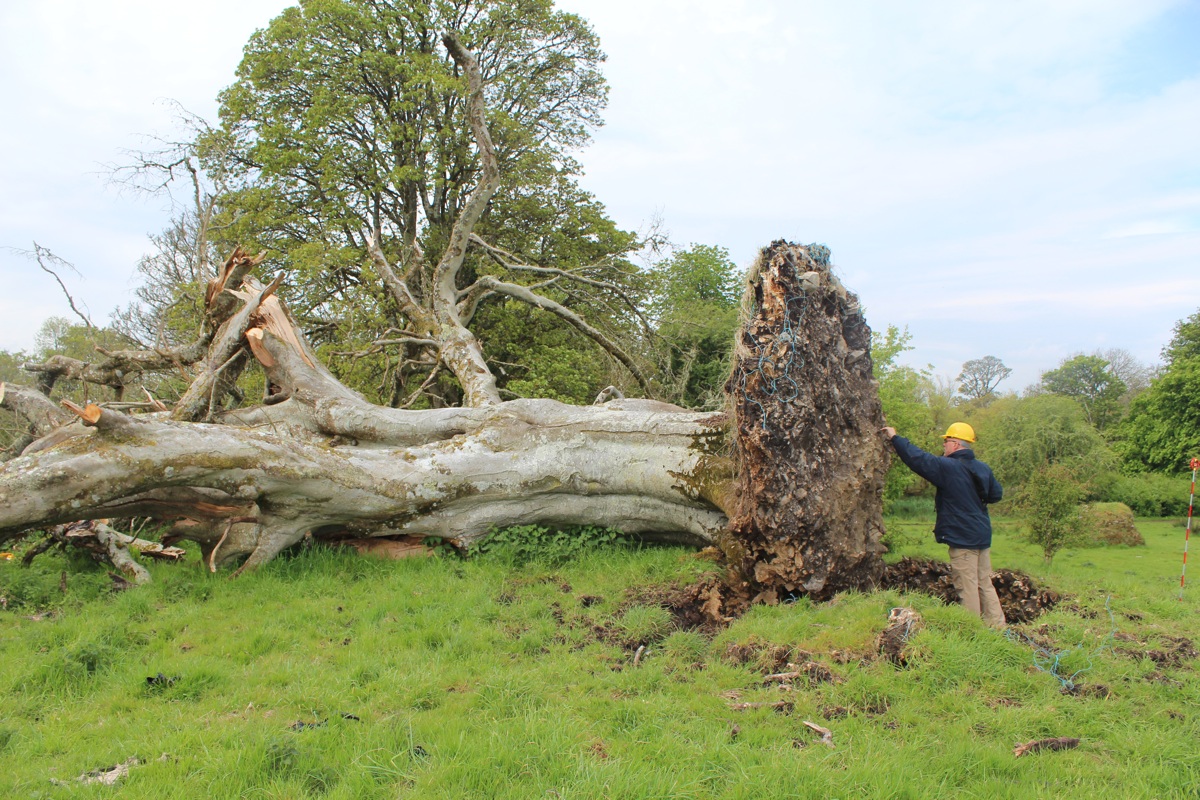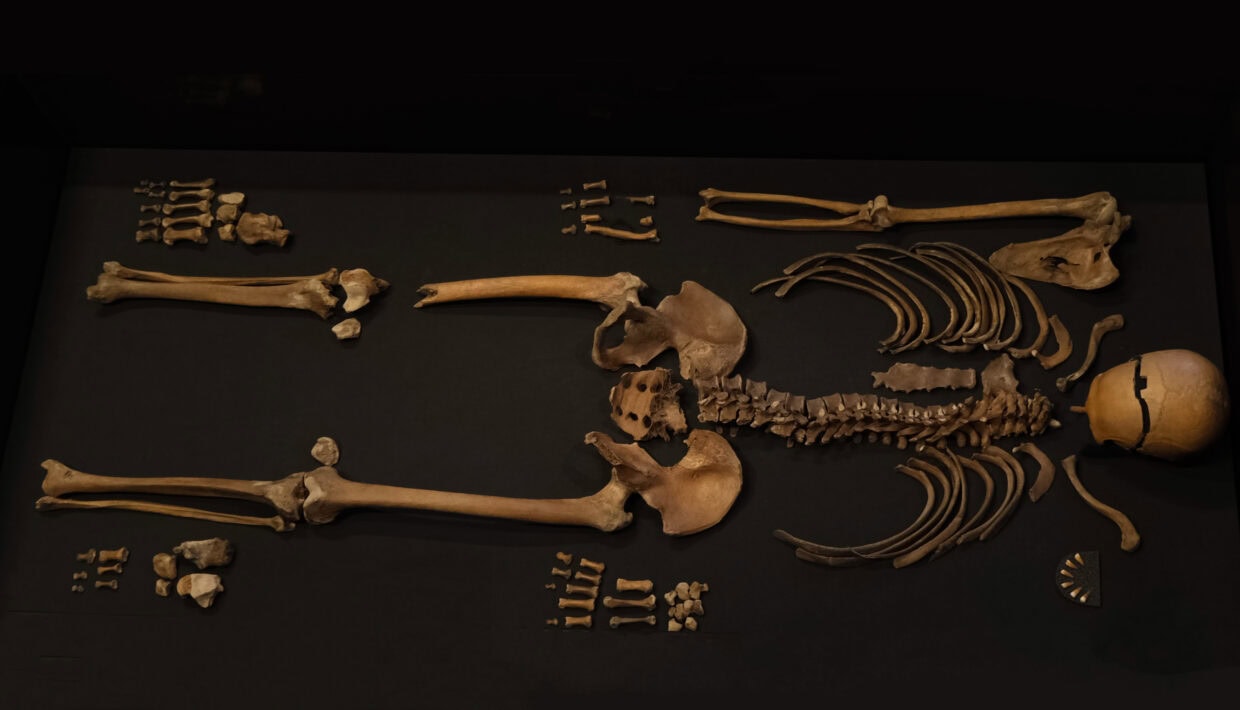Archaeologists Were Shocked to Discover a 900-Year-Old Skeleton Intact Beneath the Root of a Tree

In an extraordinary and unexpected discovery, archaeologists unearthed a 900-year-old skeleton beneath the roots of a birch tree in Sligo, Ireland. This remarkable find occurred in the winter of 2015 after a powerful storm uprooted a 25-year-old birch tree. During the uprooting, the upper portion of a human skeleton, including the skull and spine, was found entangled in the tree’s roots, while the lower half of the body remained buried underground.
The National Monuments Service swiftly authorized an investigation led by the Sligo-Leitrim Archaeological Team. Over the course of nearly a year, researchers meticulously examined the site and revealed critical insights about this medieval burial.
According to Dr. Marion Dowd, the lead researcher, the excavation was highly unusual due to the unique circumstances of the skeleton’s displacement by the tree roots. Despite the dislodgment, the skeleton remained largely intact, thanks to natural preservation conditions.
The remains were identified as belonging to a young man between the ages of 17 and 20 who lived during the 11th to 13th centuries. Analysis of the bones revealed evidence of a violent encounter, with deep cuts found on the ribs and hands.

These injuries suggest the young man may have been involved in a physical conflict, possibly the result of a chase or an attack. However, researchers were unable to definitively determine whether the violence stemmed from a personal dispute or a larger conflict, such as war.
Interestingly, the young man’s height was estimated at approximately 1.78 meters (5 feet 10 inches), which was significantly taller than the average height of people from that period. This unusual stature may indicate that he engaged in hard physical labor from a young age, which contributed to his growth.

The burial was conducted in accordance with Christian traditions, as evidenced by the east-west orientation of the grave and the positioning of the skeleton, with hands crossed over the pelvis. However, no evidence of a nearby cemetery was found, suggesting that the individual may have been buried in isolation. This has raised further questions about the circumstances of his life and death.
The discovery of this medieval skeleton offers a fascinating glimpse into burial customs, physical characteristics, and violent encounters from nearly a millennium ago. While some mysteries surrounding the young man’s life and death remain unresolved, ongoing research continues to shed light on this rare and intriguing archaeological find.








